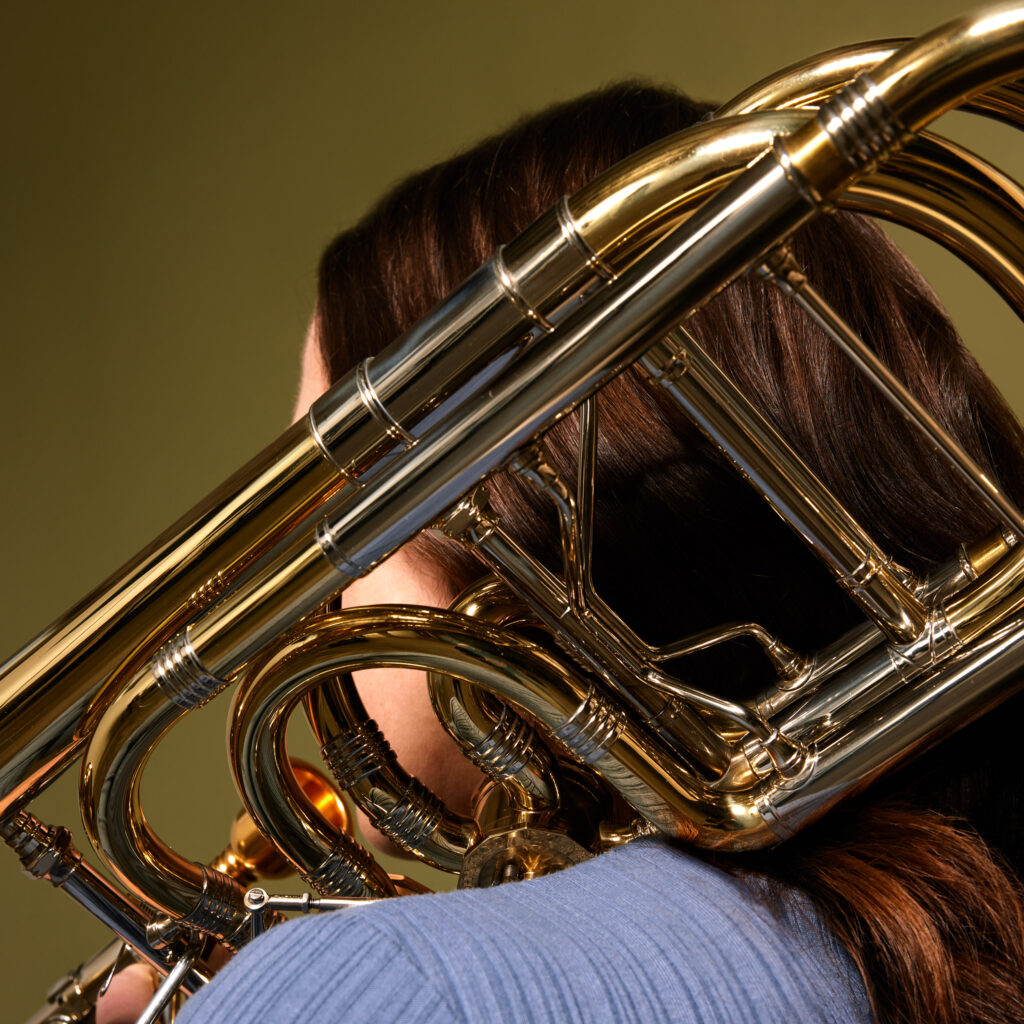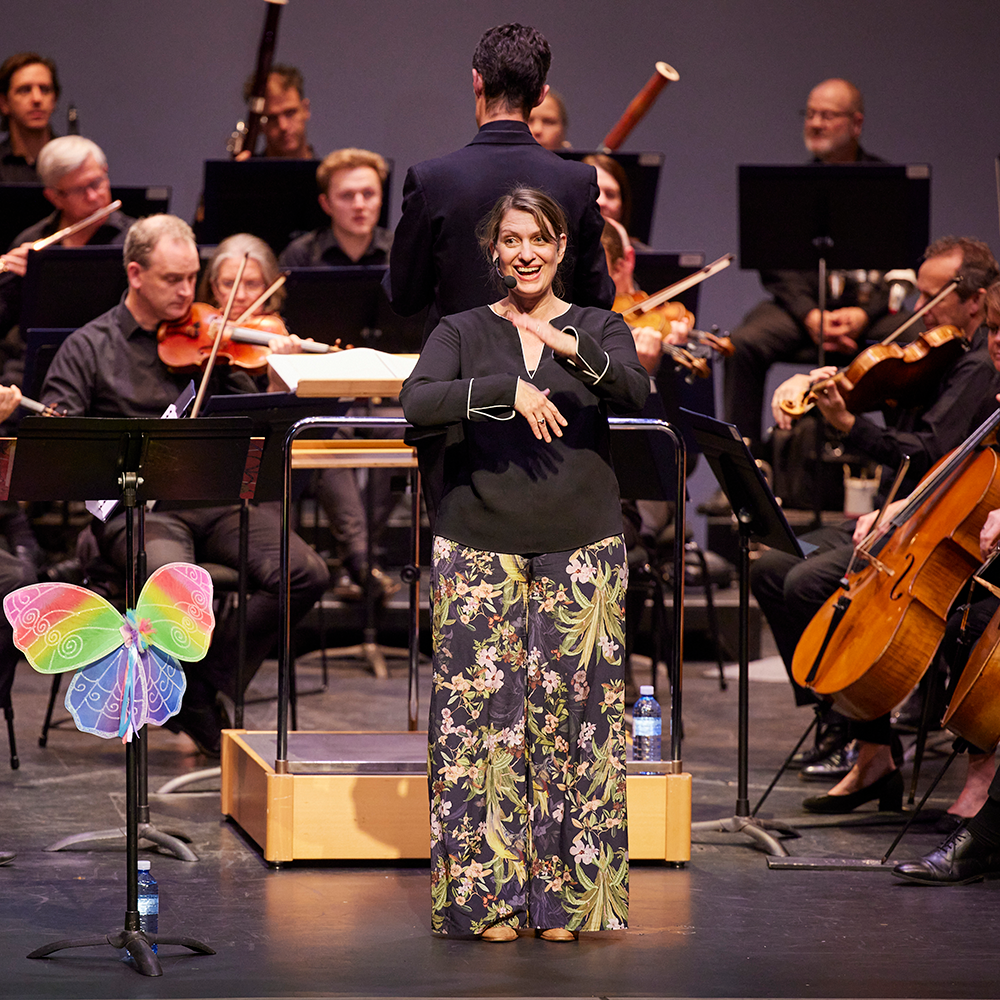ASO beating to the sound of 7 new drums – Hardtke ‘Berlin Classic’ Timpani
- Media Release
Thanks to the generosity of the Thyne Reid Foundation, the Adelaide Symphony Orchestra is now the proud owner of seven new Hardtke ‘Berlin Classic’ Timpani.
Timpani or kettledrums are musical instruments in the percussion family. They consist of a skin called a head stretched over a large bowl traditionally made of copper.
Principal Timpani player Robert Hutcheson undertook visits to several orchestras around Australia to trial various models before selecting the Hardtke ‘Berlin Classic’ as best suited to the ASO’s repertoire needs.
The timpani are made by leading German manufacturer, Wolfgang Hardtdke, in Berlin, Germany. Mr Hardtke is a direct descendant of the greatest timpani makers with a history going all the way back to the legendary Herr Günther Ringer. With more than 20 years of experience as a timpani maker, he has established a reputation as a highly skilled specialist in the art of timpani making and restoration. The workshop today is considered one of the most respected makers of the genuine Berlin timpani. The timpani took 10 months to make, and the ‘heads’ (skins) are made from calf skin.
Stravinsky, Holst, Berlioz, Bach, Beethoven and Mahler have all contributed works that feature timpani at the centre of the classical symphony. Modern composers like William Craft and Phillip Glass have created epic symphonies out of nothing but timpani. In the 60s, bands like The Beatles, the Beach Boys and the Walker Brothers began integrating the rolling drama of timpani into their mini-pop symphonies, and by the 70s timpani had found a natural home in the everyday drum rig of stadium rockers like Led Zeppelin, Queen and ELP. In contemporary pop, acts as diverse as Pet Shop Boys, Final Fantasy and Ciara have boomed up their songs with timps, and even jazz musicians (Coltrane, Gershwin, Sun Ra) weren’t immune to the instrument’s immensity.
Adelaide Symphony Orchestra Managing Director Vincent Ciccarello said, “The ASO greatly appreciates the generosity of the Thyne Reid Foundation, whose donation has enabled the orchestra to upgrade their current timpani set. It means the orchestra can now meet the changing needs of the orchestra’s repertoire, as many of the new works need higher and lower noted pitches.”
“The result is increased volume and a warmer timbre that projects into the concert hall better than ever before. The adjustable pedal system is the well-known Ringer-style. However, the newly developed classic ratchet enables an almost infinite variable operation. This system is the most reliable available on the market and requires a minimum of maintenance.”
Robert will begin to play the new Timpani at various concerts throughout the year. The old timpani will be sold to the Adelaide Youth Orchestra later in the year.
Robert is learning to understand the intricacies of the new set, “I am currently enjoying the many challenges associated with learning the mechanical differences and understanding the many nuances that are on offer with our new set of Hardke Timpani.”
“Presently I am working through the process of ‘taming the beasts’ due, of course, to the sensitivity of the organic playing surface associated with such a large surface area which is constantly exposed to environmental and atmospheric changes: air conditioning, heat from lights and humidity variations. The resultant tone quality is a very warm, rounded and organic sound which can only enhance and blend with the greater orchestral sound from the other instrument groups.”
Fun facts about the Timpani:
- Each drum in a set of timpani has a different pitch, which is surprising, since most people think drums have only one pitch, which sounds like: BOOM!
- Each timpano (singular), timpani (plural), has a pedal that controls which pitch the drum is on. Among these pedals is the mechanism called the ‘ratchet clutch system’
- Typically, timpanists will use real animal skin for the drum heads, like calf or goat.
- Some timpanists actually make their own sticks!
- It can take up to one to two years to build a complete set of timpani.
- A single timpano drum (pedals and all) can weigh as much as 140 pounds.
- In the old days before timpani had pedals, they were controlled by a chain and a crank.
- Ever wonder what the timpanist does when he puts his face on the drum? They are often hovering over their instrument, checking to see if it is in tune.
- Before timpani were used as an orchestral instrument, they were played on horseback during the Civil War.
The Thyne Reid Foundation was created by the late Andrew Thyne Reid in 1944 and 1955. The Foundation encourages and supports projects in the fields of medicine, science, creative arts, environment, education, social and community needs. Previously they supported the ASO to purchase 2 harps and a contra bassoon.
MEDIA ENQUIRIES:
Cheree McEwin, Publicist, Adelaide Symphony Orchestra
08 8233 6205 / 0416 181 679 / mcewinc@aso.com.au




